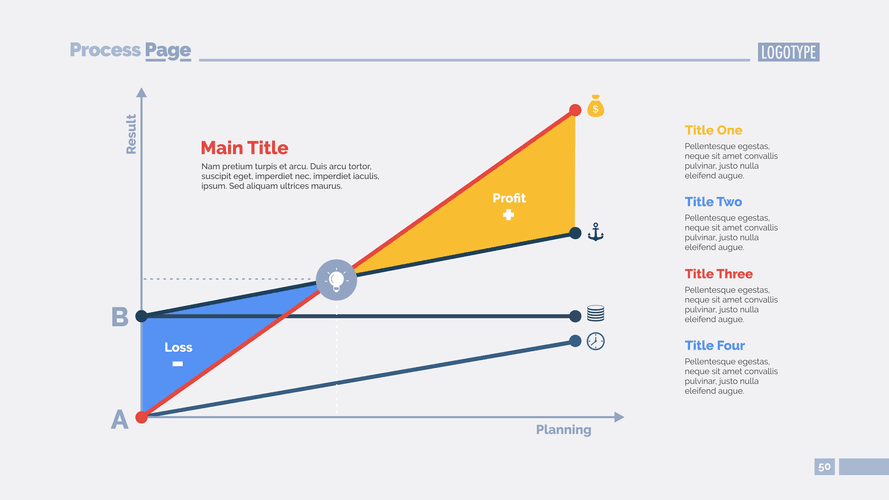Content

Majority of commercial banks provide several services that could help them mitigate or manage risk. For example, hedging has been used to reduce the level of risk involved in transactions by keeping specific conditions that would allow different parties to exchange goods or services at a flexible date and time (Harrison & Pliska, 1981). The significance of effective risk management strategies have been highlighted by many researchers and practitioners over time to assist banks and other financial institutions.

Or you could use your passion for data science to fight financial and economic crime with complex models that identify and detect patterns related to customer behaviour, activities and transactions. Other activities include Risk Model oversight, where you’ll be part an international team implementing model risk management throughout the bank.
Capital Markets
The principles set out specific due diligence requirements for certain areas of business, based on environmental and social standards defined by the International Finance Corporation . FINRA has consistently reminded firms of the importance of properly managing credit risk and published Notices that offer guidance on effective funding and liquidity risk management practices (which are available in the “Additional Resources” section below). Risk exposures can arise from clearing arrangements, prime brokerage arrangements , “give up” arrangements and sponsored access arrangements . This includes communicating reviews on current credits to the board of directors and top management officials. Lastly, the supervisory bodies must be active to ensure the proper implementation of the policies and strategies. While banks strive for an integrated understanding of their risk profiles, much information is often scattered among business units.
- Any conditions that are imposed as a condition of approval are assigned to a business owner and are systematically tracked to completion, including a four-eye review.
- Together, we provide innovative solutions that help F&A teams achieve shorter close cycles and better controls, enabling them to drive better decision-making across the company.
- For example, in 2020 we introduced restrictions related to thermal coal mining and coal-power businesses, mainly affecting companies with more than 25% of revenue from these activities.
- Ryan Eichler holds a B.S.B.A with a concentration in Finance from Boston University.
- Therefore, the adoption of proper risk management strategies can help understand and mitigate the credit risk faced by commercial banks of Balochistan.
- It is recommended that further research on the topic should be conducted so that effective strategies for management of other risks can be identified for banks.
Based on the lender’s proprietary analysis techniques, models, and underwriting parameters more broadly, a borrower’s credit assessment will yield a score. The 5 Cs of Credit is a helpful framework to better understand credit risk and credit analysis. Credit risk is a specific financial risk borne by lenders when they extend credit to a borrower. The five Cs of credit are character, capacity, collateral, capital, and conditions. The five Cs of credit are important because lenders use them to set loan rates and terms. Get more insights on risk management including articles, research and other hot topics.
Guidelines on specification of types of exposures to be associated with high risk
As one of the largest guarantors of U.S. mortgages, we play a major role in setting standards for the housing finance market. But with medium-scale businesses, access to credit rating sources and the cost attached, not to mention the man-hours required, may pose a challenge. So with medium-scale companies, one of the ways to mitigate credit risk concerns is by automation. Credit Risk is the risk that a lender will not get paid all principal and interest on time as scheduled on a loan or other borrower obligation. A wide range of grades and a quantitative risk rating system include subjective factors such as management quality. A more extensive range of categories allows the bank to allot credit costs effectively. Certain industries are particularly sensitive from a social or environmental perspective.
- Since the market for loans has become more competitive, banks have changed how they look at profitability.
- Sub-prime mortgages and other loans with less restrictions can generate remarkable losses including corporate failure and bankruptcy for financial institution (Brown & Moles, 2014).
- Large businesses have dedicated credit management teams for every geography or business unit.
- Dynamic customer segmentation supports proactive risk management and helps your team monitor changes in customer attributes in real time.
- FINRA has consistently reminded firms of the importance of properly managing credit risk and published Notices that offer guidance on effective funding and liquidity risk management practices (which are available in the “Additional Resources” section below).
- Transform your accounts receivable processes with intelligent AR automation that delivers value across your business.
- S&P Global RiskGauge Scoreprovides a holistic credit risk score comprising elements of a company’s PD Model Fundamentals, PD Model Market Signals, and CreditModel™ scores.
The model for the study shows the impact of risk management strategies, including hedging, diversification, the capital adequacy ratio and corporate governance. The research will also examine the impact of each risk management strategy individually in order to understand the importance of each strategy. To the best of authors’ knowledge, there is no study on credit risk management on Balochistan using the described parameters. The findings of this study are intended to contribute positively to society by demonstrating that the banks of Balochistan can develop effective strategies to improve their CRM. Additionally, policy makers can identify and generate appropriate policies to govern bank behavior in order to minimize risk. Several banks have failed in the past as they were not able to control their credit risk. Recommendations for banks stemming from this study include the diversification of their products and services, which is critical as it allows the bank to provide customers with many products and services.
More on credit risk management
The emphasis is on utilizing hedging at the right time for the specific customer that a company believes should be entering into a contract with flexible terms and conditions. It is a viable option for banks to use hedging to avoid customers’ dissatisfaction for those who do not meet the firm’s loan eligibility criteria. Zhang, Kou & Peng, proposed a consensus model that considers the cost and degree of consensus in the group decision making process. With a certain degree of consensus the generalized soft cost consensus model was developed by defining the generalized aggregation operator and consensus level function. The cost is properly reviewed from the perspective of the individual experts and the moderator.
How I Plan To Use The Chase Freedom Felx In Q1 2023 And Beyond – Bankrate.com
How I Plan To Use The Chase Freedom Felx In Q1 2023 And Beyond.
Posted: Fri, 16 Dec 2022 12:00:14 GMT [source]
In 2008, across the world, the credit crisis began as a result of mass issuing of sub-prime mortgages to individuals in the United States leading to defaults, which caused outwardly-rippling problems for financial institutions all across the world. Sub-prime mortgages and other loans with less restrictions can generate remarkable losses including corporate failure and bankruptcy for financial institution (Brown & Moles, 2014). The decision to over-extend credit to high-risk customers may increase short-term profitability for individual banks, though in aggregate, this lending behavior was seen to become a major challenge to the risk management structures of the economy as a whole. This phenomenon is equally applicable to banks across the globe, including banks in Pakistan.
Understanding Credit Risk
Effective trainings and refresher courses should be giving to bank employees in the areas of risk asset management, risk control and credit utilization in order to ensure proper usage and performance. Banks are able to maintain a particular level of reserved cash for the sake of managing the day to day operations that is decided based on the allocated capital adequacy ratio. This enables the bank to maintain a balance of cash that is sufficient to meet the needs of the customers. Managers can use the bank’s available cash flow to meet short-term cash requirement needs, which are based on the concept of capital adequacy ratio. This gives certainty to some funds that banks must maintain in order to address unforeseen circumstances. The selective hedging concept has been used by firms for the sake of making investments that are based on a certain part of their portfolio that pose the most threat and not the entire portfolio of the financial instruments .

Poudel emphasized the significant role played by CRM in the improvement of financial performance of banks in Nepal between 2001 and 2011. Strict requirements of maintaining higher capital that is around 14.3% of the cash balance as reserve in the banks of Nepal was found to have what is credit risk resulted in better bank performance by producing more profit. Advances in information technology particularly in the Big Data spectrum have lowered the cost of acquiring, managing and analyzing data, and have enabled considerable and ongoing advances in risk management.
How risks are assessed
In addition to our own internal quality control reviews, Fannie Mae engages third-party due diligence providers to conduct additional reviews for a portion of the loans that we acquire. Comprehensive hands-on property management process focuses on minimizing loss severities. Fannie Mae sets loan servicing standards, acts as Master Servicer, and provides oversight of loan servicers.
How to Become a Credit Risk Manager
The primary qualifications for becoming a credit risk manager are a bachelor’s degree in a relevant field and at least ten years of industry experience. This is a relatively senior position, and you are responsible for decisions that can make or lose a lot of money for a lending company. Employers strongly prefer candidates who have a long history of performing well on related tasks. Credit risk managers often oversee a larger group of credit risk analysts, so previous experience in a managerial role is also helpful. Fulfilling the responsibilities and duties of a credit risk manager requires interpersonal skills, financial skills, research skills, good judgment, and negotiation skills.
